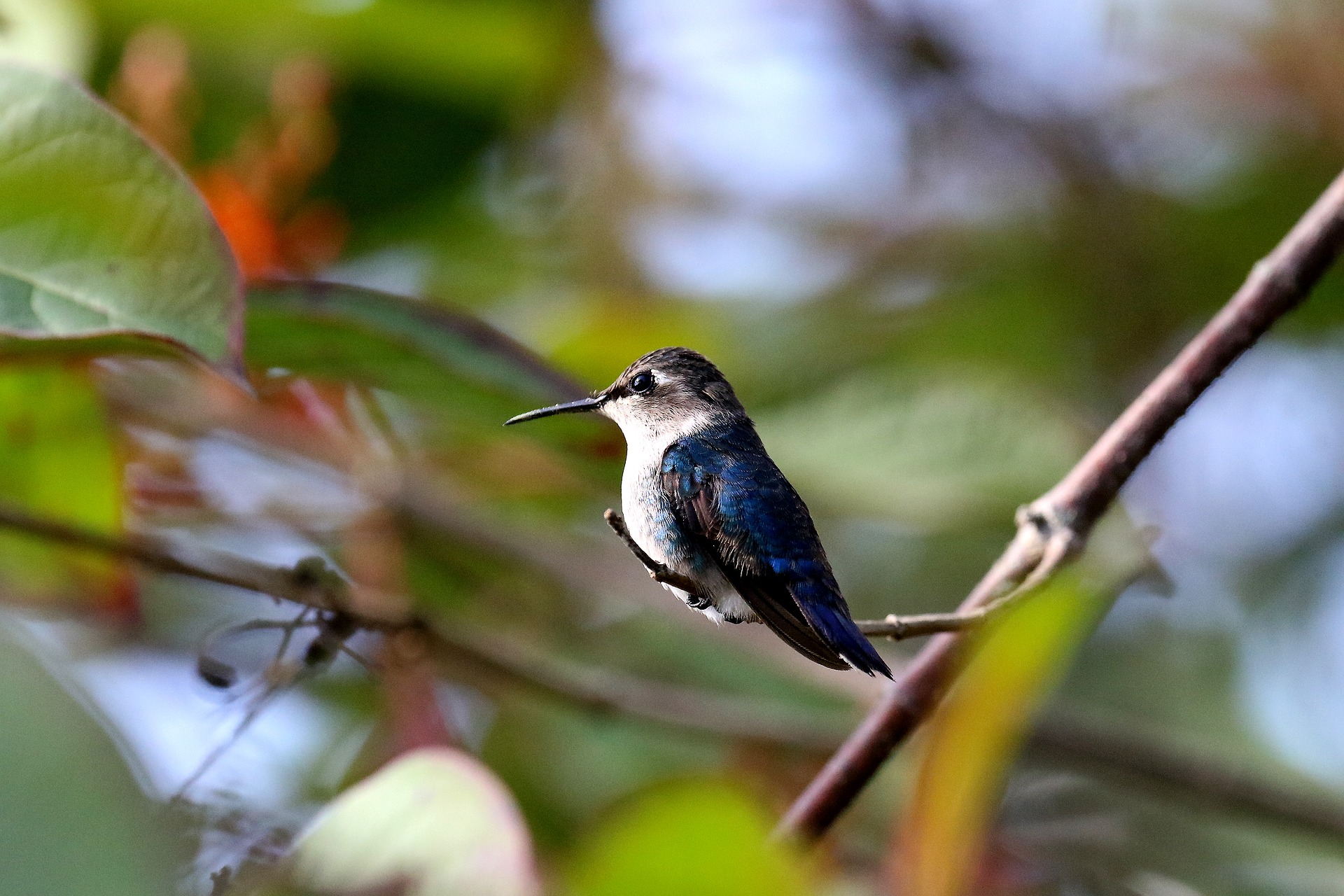8 Interesting and Little-Known Facts about Cuba
Cuba is known for its beautiful classic cars, world-famous revolutionaries and remarkable cigars, but there are many other things that make this Caribbean island such a fascinating place.
Here are 8 interesting and little-known facts about Cuba:
1. Christmas was banned for 30 years
When Fidel Castro’s communist government came to power in 1959, Cuba was declared an atheist state. In 1969, Castro abolished Christmas as an official (paid) holiday, the reason being that it had a negative impact on the country’s production of sugar. Cuba’s 30-year ban on Christmas came to an end in 1997, after Pope John Paul II’s historic visit to the country. The period when Christmas was banned is locally referred to as Las Navidades Silenciadas (The Silent Christmases). To this day, Christmas is a normal working day.
2. Cuba has one of the highest literacy rates in the world
Cuba has a literacy rate of 99.8%, one of the highest in the world. Following the Cuban Revolution, Castro’s government launched the Cuban Literacy Campaign with the aim of abolishing illiteracy and making school accessible to everyone, especially people from marginalised backgrounds. Education became mandatory from ages 6 -15, and private schools and universities were nationalised. Literate Cubans, some as young as 16 years old, were sent to rural areas to teach adults and children how to read and write. This successful literacy campaign lasted from 1 January to late December 1961.
3. Dominoes is a national Cuban past-time
Men playing dominoes in the street is a common sight in most Cuban neighbourhoods. Dominoes is a popular Cuban past-time and social activity. The players normally sit around tables in the street and play dominoes for hours. Some neighbourhoods even have their own tournaments, with two pairs of players playing against each other. Playing dominoes is also an excuse to catch up with friends and talk about current affairs. It can be a noisy, animated activity with onlookers watching every move.

Men playing dominoes in a street in Trinidad. Photo by Daniela Frendo.
4. Burning Rag Dolls is a New Year’s Eve tradition
On New Year’s Eve, many Cubans burn life-sized rag dolls as a way of bidding farewell to the old year. This tradition was almost eradicated after the Cuban Revolution, but has recently become popular again. The dolls are called monigotes and Cubans typically gather in streets and squares to burn the effigies at the stroke of midnight. Another New Years tradition is to take an uncooked egg and rub it over your whole body, paying particular attention to the soles of your feet and your head, then smash it whilst making a wish for the year ahead. The egg absorbs anything negative in your life and this ritual is to purify you for the year ahead.
5. Cuba is home to the smallest bird in the world

Bee Hummingbird in Cuba.
Cuba is home to over 25 endemic bird species, including the bee hummingbird, which is the smallest bird in the world. This tiny bird grows to 6 cm in length and has vivid, irridescent colours – in fact, you are likely to mistake it for an insect. One of the best places to spot the bee hummingbird is Alexander Humboldt National Park, a large tropical forest near Baracoa in eastern Cuba.
6. Hitch-hiking is a common way of travelling
One thing you’ll notice while travelling through Cuba is the large number of local hitch-hikers on main roads. The vast majority of Cubans do not own a car. While the transport system has improved in recent years, buses are normally overcrowded and infrequent, thus many Cubans resort to hitch-hiking to get to their destination. Government vehicles are legally obliged to pick up hitch-hikers.
7. Santeria is the second most popular religion after Catholicism

Casa Templo de Santería Yemayá in Trinidad. Photo by Daniela Frendo.
During the colonial era, thousands of African slaves were shipped to the Caribbean to work on plantations. Many aspects of Cuban culture contain African influences, including music and religion. One of the main elements of Afro-Cuban culture is Santeria: a religion that developed among Cubans with West African heritage. Santeria features a mix of religious elements of the Yoruba people (an African tribe) with Roman Catholicism (which was introduced to Cuba by the Spanish conquistadors). Santeria rituals and ceremonies are held in temples known as casas de santos (houses of saints) and are led by priests and priestesses.
8. Cuba’s main music genre is Son
While salsa is famous the world over, the most popular music genre in Cuba is Son Cubano. Like many other Cuban music genres, Son Cubano contains Spanish and African musical influences. It emerged in eastern Cuba in the late 19th century and was popularised by the Cuban band Buena Vista Social Club. Son Cubano remains a widely played genre, especially in the music venues of Santiago de Cuba. What makes Son Cubano stand out from other Cuban music genres is its interesting mix of instruments, including bongos, trumpets, claves and the tres guitar, which is unique to son music. The songs tend to be about the everyday life of people, and sometimes son singers (known as soneros) improvise when performing.
________________________________________________________________________________
At Caledonia Worldwide, we help you explore the little-known side of Cuba with tailor-made itineraries and cultural trips, including dance and music holidays. Check out our list of themed holidays in Cuba, or send us an email on info@caledoniaworldwide.com for more information.






